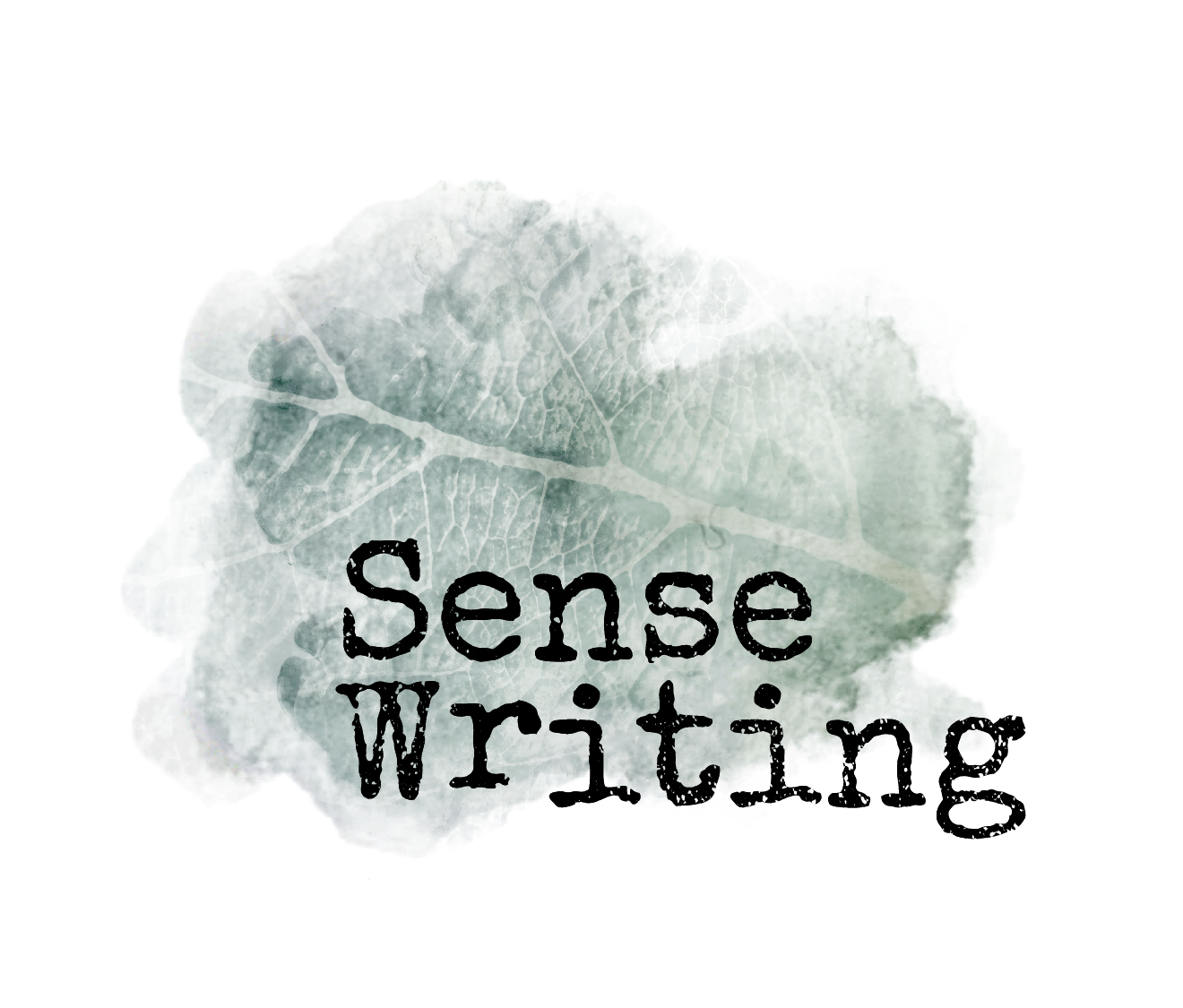Hi Everyone,
Yesterday I was sitting with a friend and we were talking about the strange contradiction that we feel: that with all the crises … there’s this call for action, but we also don’t want to be reactive. At the same time, there’s also a call to re-engage in the reassuring routine of everyday life, yet things don’t seem to be getting any better, so where exactly is that reassurance?
From the whiff of marijuana from four different directions (we were near Washington Square Park), it seemed like other people had found their own ways of coping.
One important thing to know about the nervous system is that it’s plastic: it adjusts to most anything. If we stay in a tunnel-visioned full-frontal mode, that survival state becomes more and more habitual, and harder to climb out of. But what’s left when all the ways we use to show up vigilantly are exhausting us and all the ways we’ve used to check out stop offering meaningful relief?
New Ways of Being and Doing
Today, I’m thinking more about that contradiction between action and withdrawal and wondering if there’s a way to turn that conflict into a useful paradox instead. If you’ve explored the paradox series of sequences that I’ve been sharing during the pandemic (and another’s right below), you understand how significant that distinction is, and how important a role paradox plays in neuroplastic learning and healing.
Contradiction basically boils down to conflict, something that you have to face and fight, while paradox, in neurosensory approaches like Sense Writing and Feldenkrais, offers a potent and playful way of exploring complexity and inviting fresh insight.
I started remembering what helped a year ago — in the past huge uncertainty of the earlier pandemic — was to stop trying to grasp the whole thing. When you try to skip to the whole picture right away, your attention is pulled by default to the most forward direction. Your effort to gain perspective is often sabotaged by the latest and loudest crisis.
But if we attend to the small details on the margins of where we sit instead — not the state of the world, but the reflection you see in the corner of your eye, or the familiar shapes you see in the piles of leaves you walk by in the street — we get a feeling of the bigger picture and our place in it.
It becomes possible to absorb reality as it is, to stay in it, and remain in one piece. And by doing so, we become quieter still — and find expansion, texture, resiliency, and the ability to imagine new ways of being and doing.
This is a highly creative state often associated with neuroplastc learning, and it’s exactly what we explore in Sense Writing. It’s a kind of “sideways learning” that cajoles the nervous system away from the habitual into the unexpected.
The Paradox: Feeling Whole by Feeling into the Margins
But how do we develop and practice this skill?
The way to access these other antennas is to recognize how we already use them. Noticing how much we actually do see on the periphery already and how often we already act on it.
For myself, during this time, I’ve taken crucial inventory to bolster my trust that I already do this. Encouraging and building on the foundation of intuition that I already have. It could be as subtle and complex as my years of neuroplastic treatment for my lazy eye, or as simple and overlooked as recounting that I turned just at the moment the racoon came out of the tress in the park.
And as our vision broadens, our voices become more versatile and more our own. Instead of reacting to what we don’t understand or can’t process, we stretch our awareness gradually around the part we CAN touch.
As our awareness grows our capacity does too, and we return to ourselves.
And the way we show up for ourselves is the way we show up for the people in our lives and our communities, how we show up collectively. On some level, we know that only by re-committing to a deeper practice do we cultivate the resiliency and imagination that we need.
In the 40-minute movement and writing sequence below, I invite you to experience this return, in the space you already inhabit.
Warmly,
Madelyn
PS. You’ll need a comfortable place to lie down on the floor, and a notebook and pen.
(If you’re curious to explore more Sense Writing paradoxes, please visit this gift series here.)



